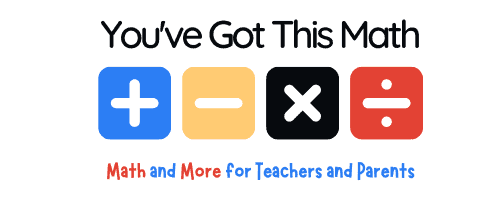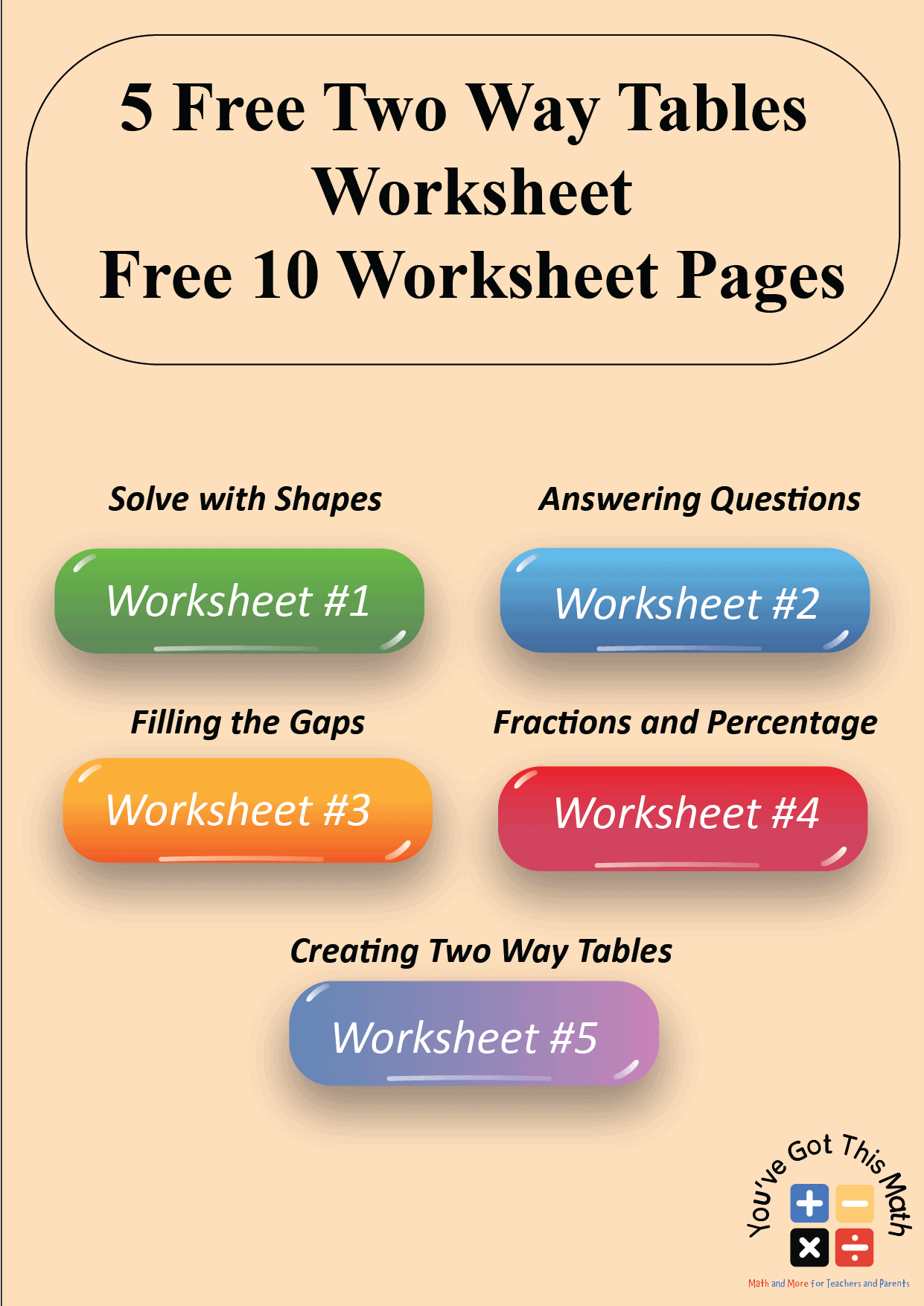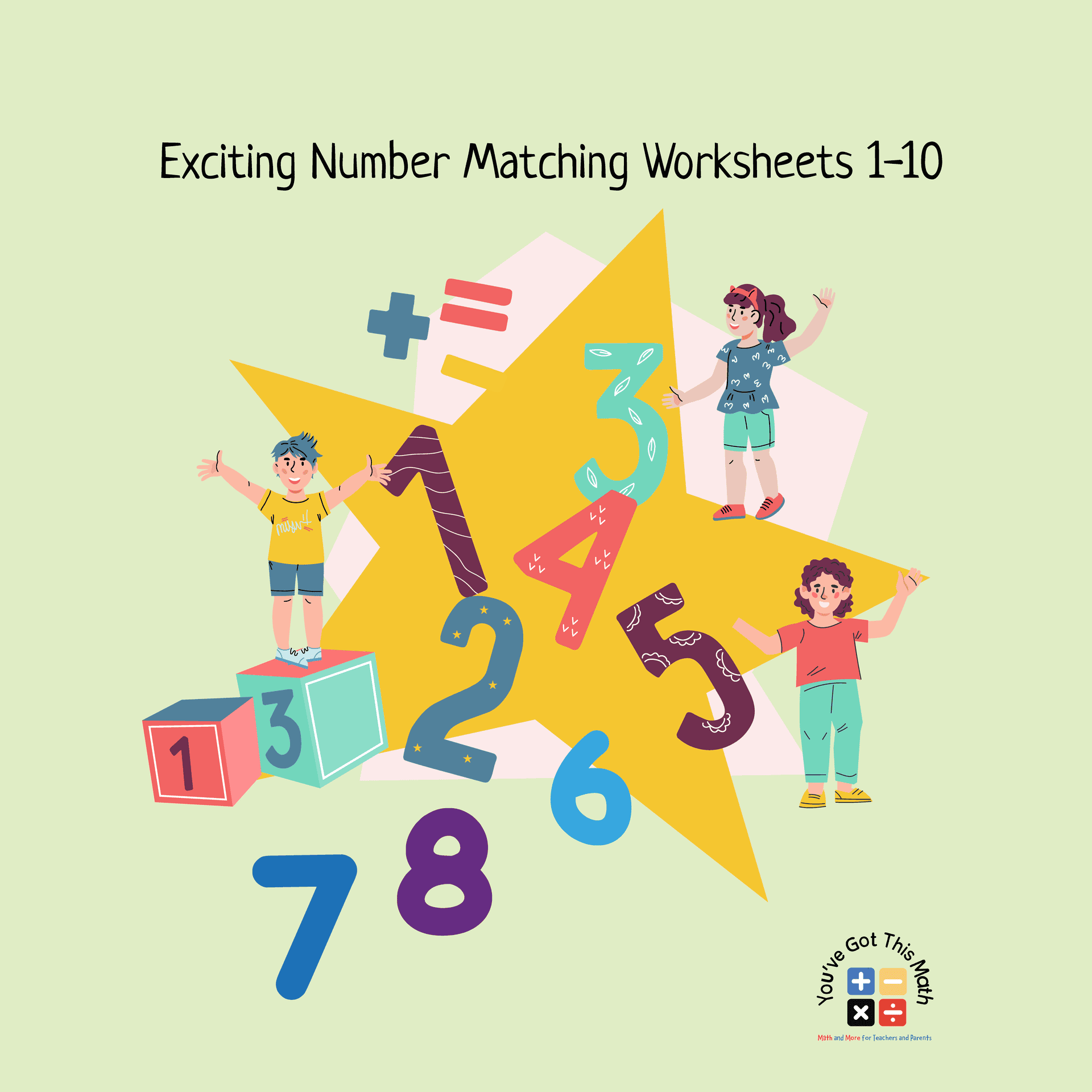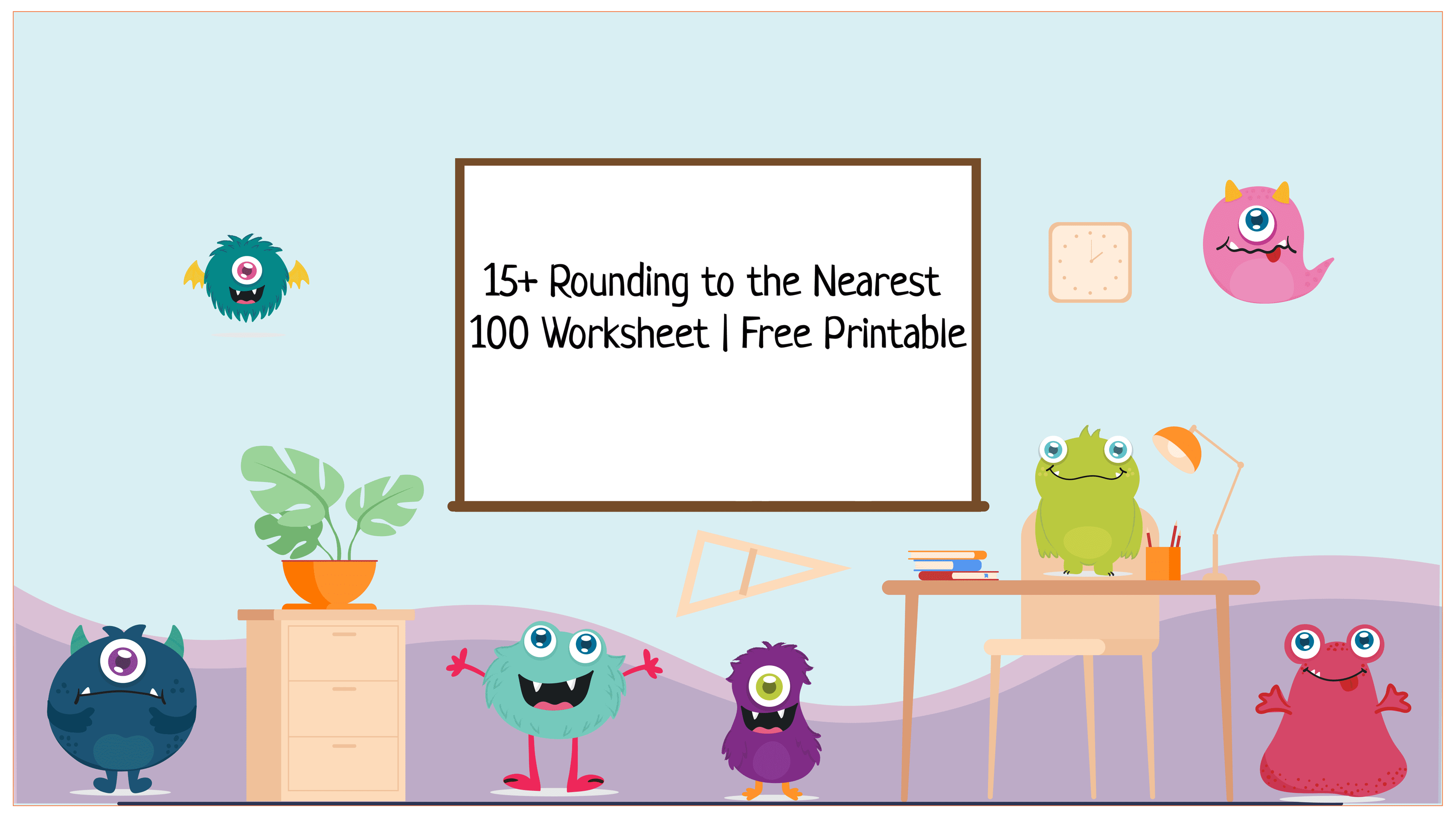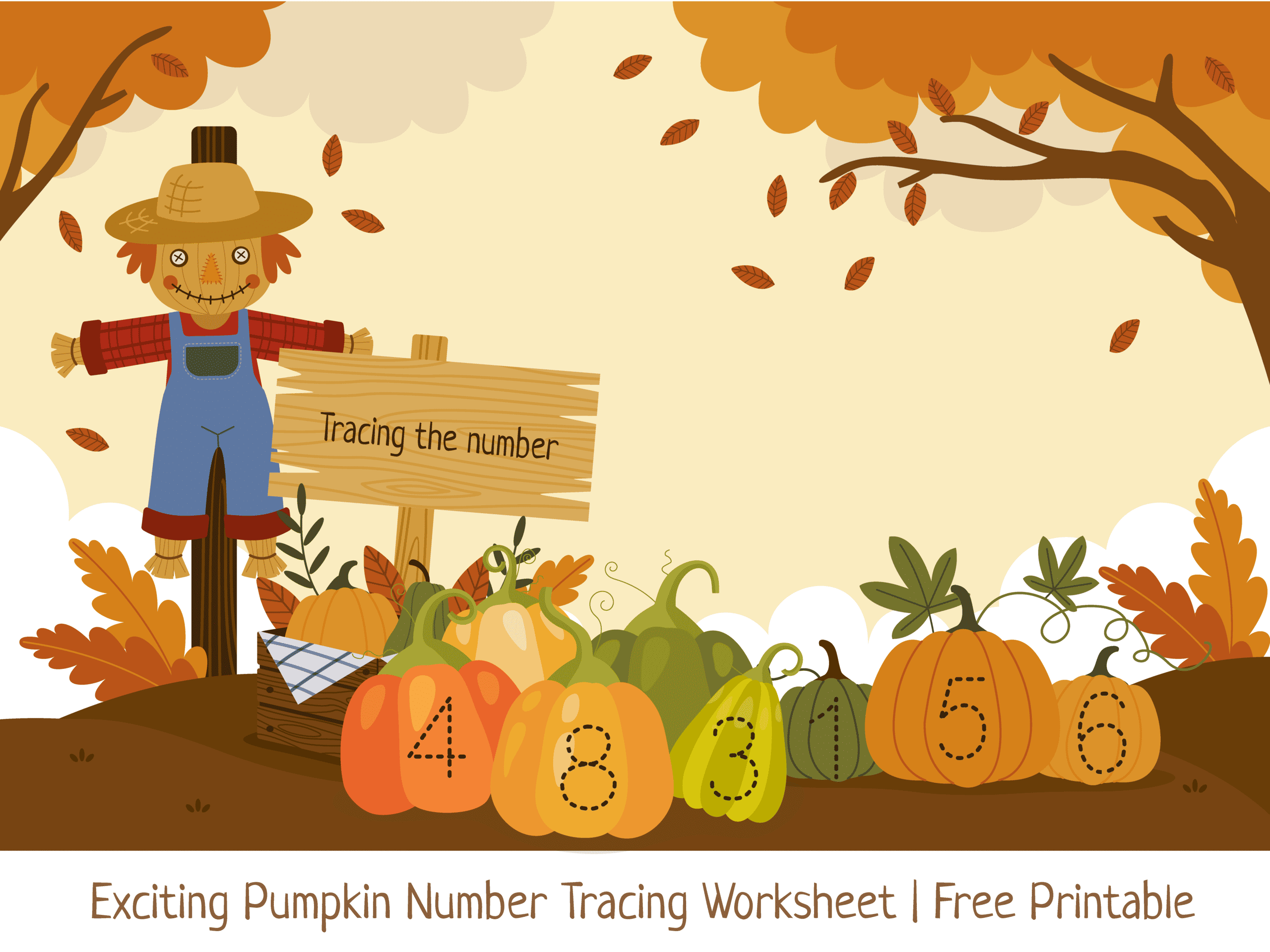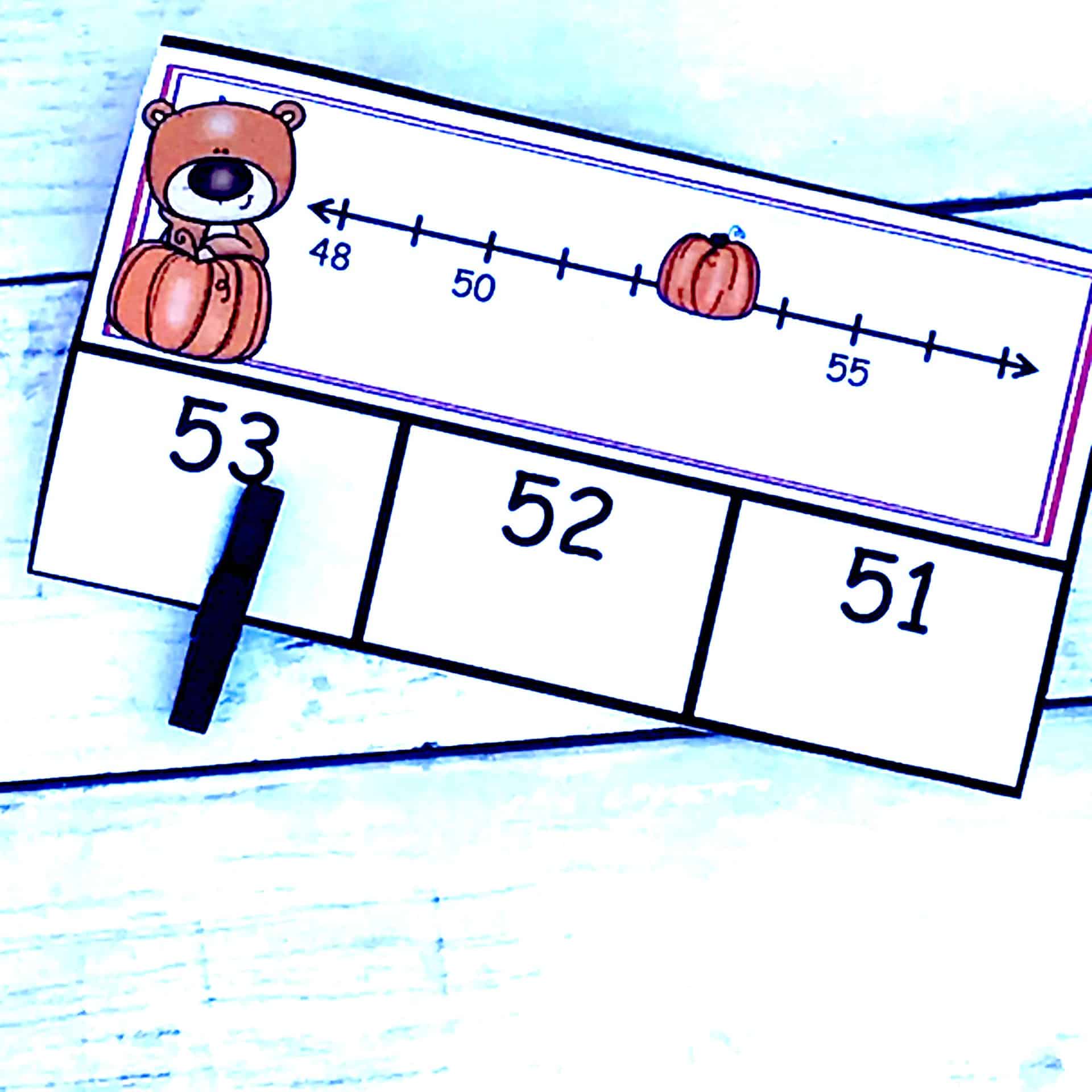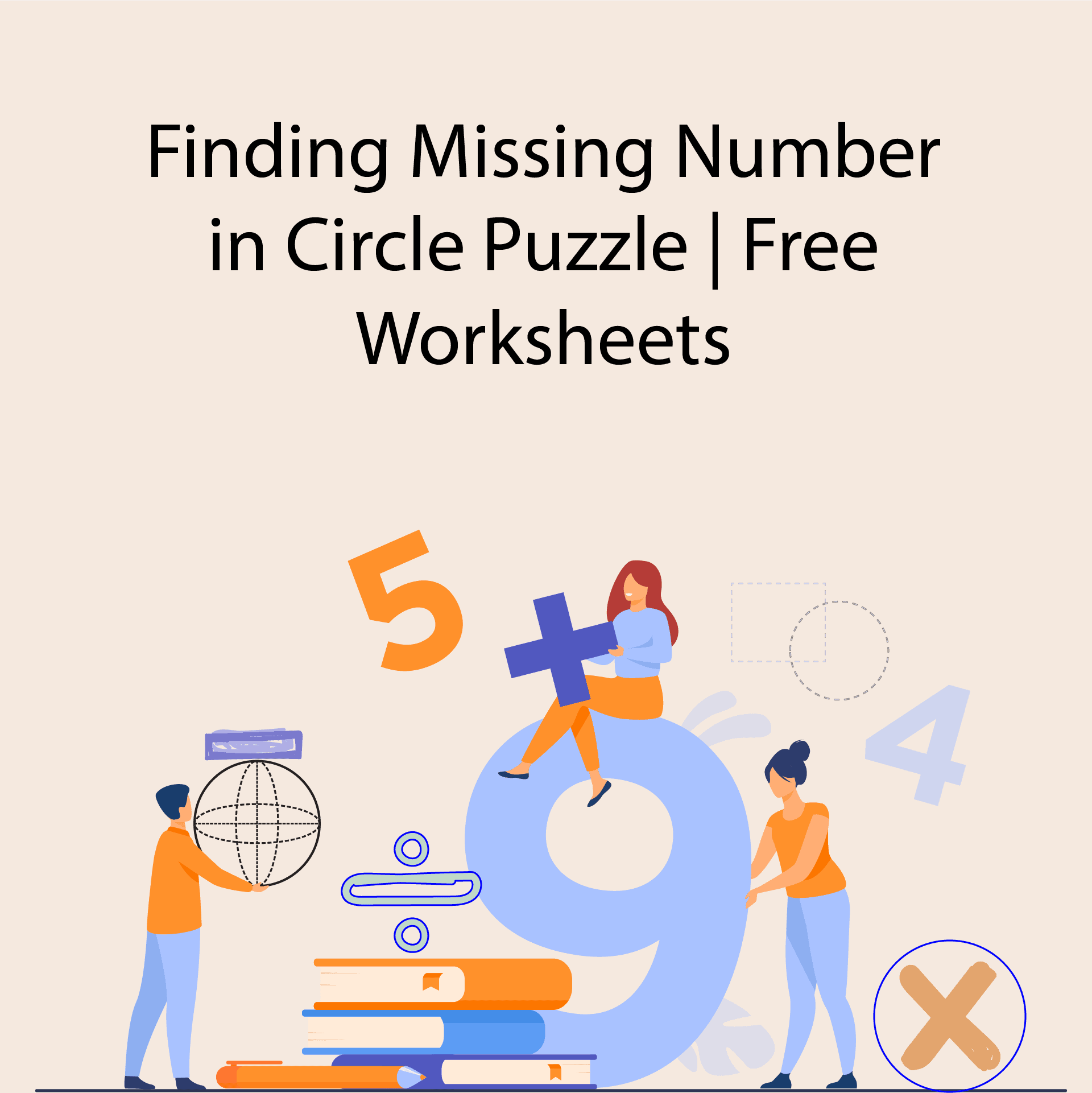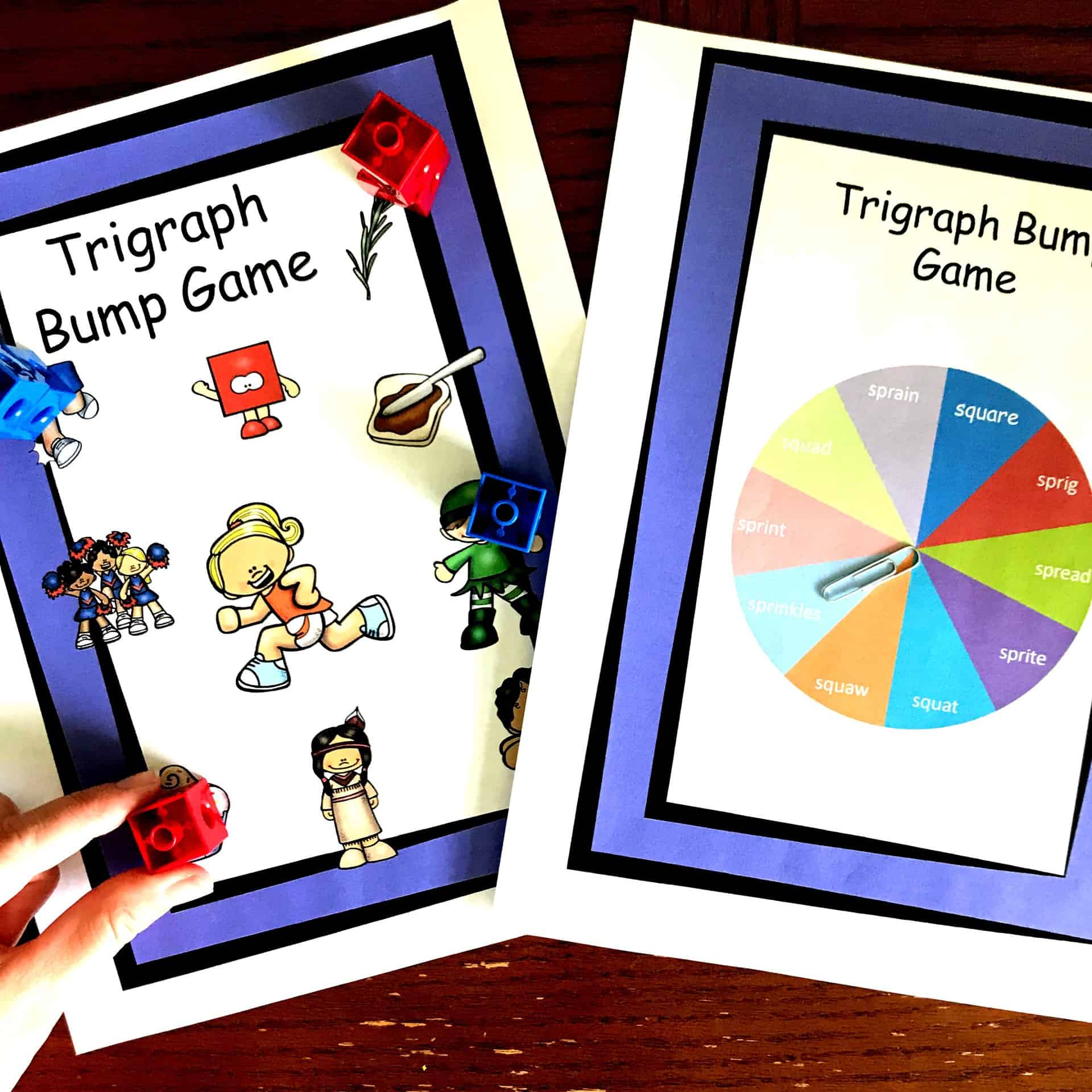5 Two Way Tables Worksheet | Free Printables
These two way tables worksheet will help to visualize and understand relation of addition and subtraction in a two way table, and statistical analysis. 8th and 9th grade students will learn basic addition and subtraction methods and can improve their basic math skills with our free printable two way tables worksheet.
5 Exciting Two Way Tables Worksheet
Please download the following two way tables worksheet and practice problems on the pages.
Worksheet for Solving Two Way Tables with Shapes
First, identify the categories of colors for each of your two variables. Label the rows and columns with the categories of each variable.
Fill in the two way table with the counts or frequencies of shapes that belong to each category combination. One has been done for your convenience.
Worksheet for Answering Questions from Two Way Tables
Read the questions and understand what is asked to generate, then create a table with variables according to the questions. After that, solve the remaining questions with the help of the table they generated.
Worksheet for Filling the Gaps in Two Way Tables
In this method, some of the variables are written, and find the missing variables by subtracting or adding the given variables. One has been done for your convenience in this two way tables worksheet.
Worksheet for Solving Two Way Tables with Fractions and Percentage
This worksheet contains two way tables with that require your knowledge of fractions and percentages.
Find the answers to the given questions. Also, find the fraction and percentage according to the questions.
Worksheet for Creating Two Way Tables from Given Questionnaire
For this last method, create two way tables according to the given questions. After solving all the questions, find all the values and complete the two way table successfully.
Download Free Worksheet
Download the following combined PDF and enjoy your practice session.
So today, we’ve discussed two way tables worksheet using the concepts of how a two way table is formed, understanding relation of addition and subtraction in a two way table, and statistical analysis, these concepts have been induced with some interactive activities like answering questions, solving shape related puzzles, filling the gaps, and answering questions with fractions and percentages. Download our free worksheets, and after practicing these worksheets, students will surely improve their mathematical skills and have a better understanding of two way tables.

Hello!
Welcome to my profile. I have done my graduation from Ahsanullah University Of Science and Technology in Electrical and Electronic Engineering. Currently, I have started working as a Content Developer for “You’ve got this math” at SOFTEKO. As an Electric engineer, I always try to achieve innovative knowledge. I have an interest in research articles on different ideas. Also, I really like to solve innovative and mathematical problems. I really hope I’ll do better in the future as an Engineer.
